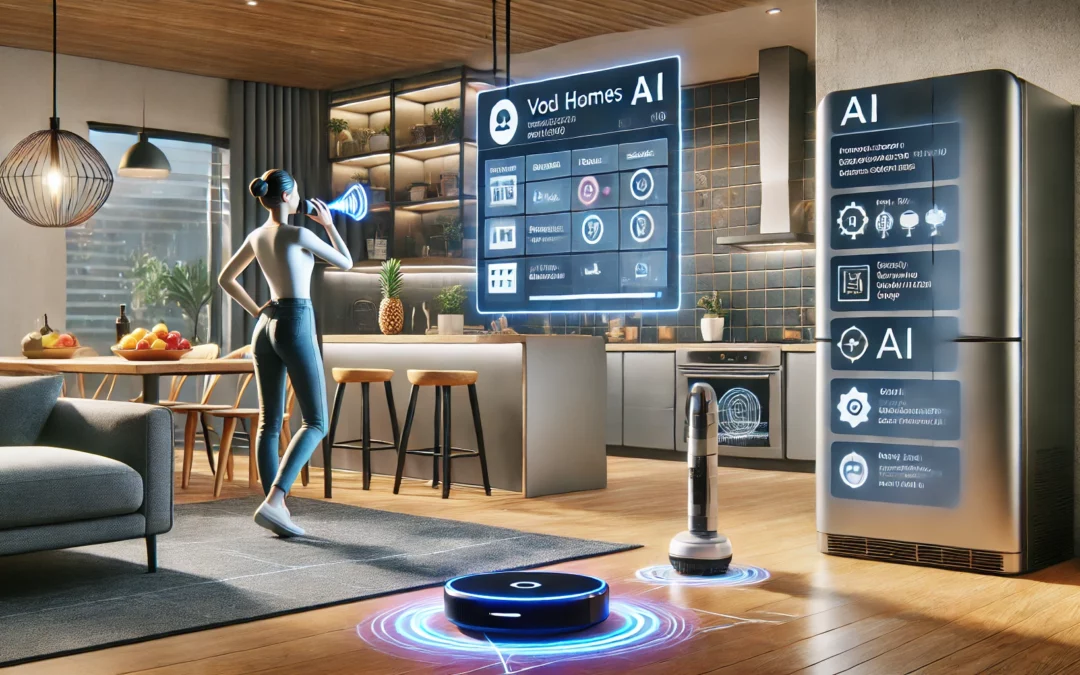Artificial Intelligence (AI) has become so deeply embedded in modern life that avoiding it completely is nearly impossible. While some people claim they do not use AI, the truth is that AI operates behind the scenes in countless aspects of daily life. Here’s why:
1. AI Is Already Everywhere
Whether you actively choose to use AI or not, it’s working in the background of nearly everything you interact with:
Data Collection and AI’s Role
It’s true that devices send data back to servers, often late at night when usage is low. Many companies collect diagnostic data, app usage patterns, and even location data unless you actively disable it. While the exact amount of data varies depending on the device and settings, it is an ongoing process.
Can You Stop It?
- Some data collection can be minimized by adjusting permissions, using VPNs, or disabling background processes.
- However, completely preventing data transmission is difficult unless you physically disconnect from networks.
What’s the Bigger Picture?
- AI-driven data collection is used for targeted ads, system optimizations, and even predictive technology.
- The real concern is not AI itself but who controls the data and how individuals navigate its presence consciously.
AI in Daily Life
Even if you don’t actively choose to use AI, it still shapes the world around you:
- Smartphones & Computers – Autocorrect, voice assistants (Siri, Google Assistant), and search engine algorithms rely on AI.
- Email & Messaging – Spam filters, predictive text, and security checks (CAPTCHAs) all use AI.
- Banking & Finance – Fraud detection, loan approvals, and stock market predictions depend on AI.
- Medical & Health Apps – AI assists in diagnostics, health tracking, and personalized treatment plans.
- Home & Appliances – Smart thermostats, automated lighting, and even refrigerators use AI for efficiency.
2. AI Works Without Your Permission
Even if you never use ChatGPT, Google Assistant, or self-driving cars, AI is still influencing everyday systems:
- Managing traffic signals in cities to optimize flow.
- Running recommendation systems on social media, even if you only browse.
- Determining advertisements, security monitoring, and even weather predictions.
Saying “I don’t use AI” is like saying “I don’t use electricity” just because you don’t manually flip a switch it’s still running everything around you.
3. The Key Is Awareness, Not Avoidance
Instead of rejecting AI entirely, the real power lies in understanding how to use it wisely:
- Be Intentional – Choose how much data you share and which AI-driven services you engage with.
- Use AI to Your Advantage – Leverage it for research, personal growth, and business automation.
- Recognize AI Bias & Influence – AI curates what you see (news, ads, etc.), so thinking critically is essential.
While it’s reasonable to limit AI usage in certain areas (such as social media consumption or digital privacy concerns), completely avoiding AI just isn’t realistic because it’s already shaping the world. Instead of asking “How do I avoid AI?”, a more productive question is “How can I use AI in ways that align with my values?”
Final Thoughts
AI is neither inherently good nor bad it’s a tool. Like any tool, its impact depends on how it is used and who controls it. The focus should be on responsible and conscious interaction with AI rather than fear or complete avoidance.
What are your thoughts? Do you think there are ways to consciously use AI without fully relying on it?

